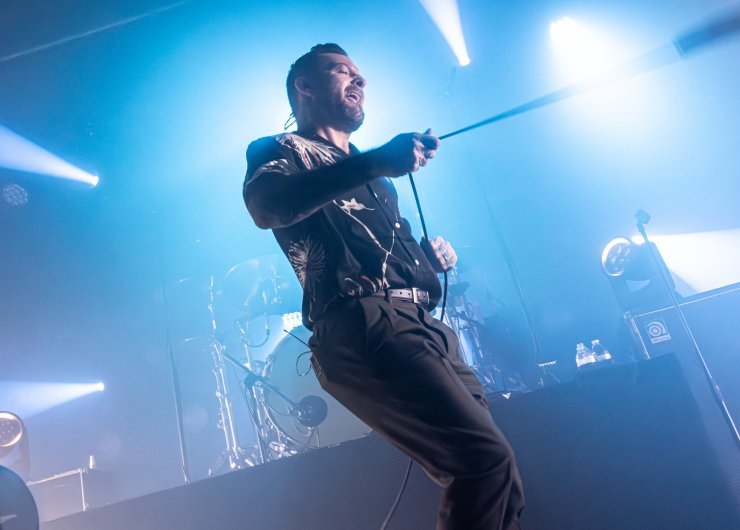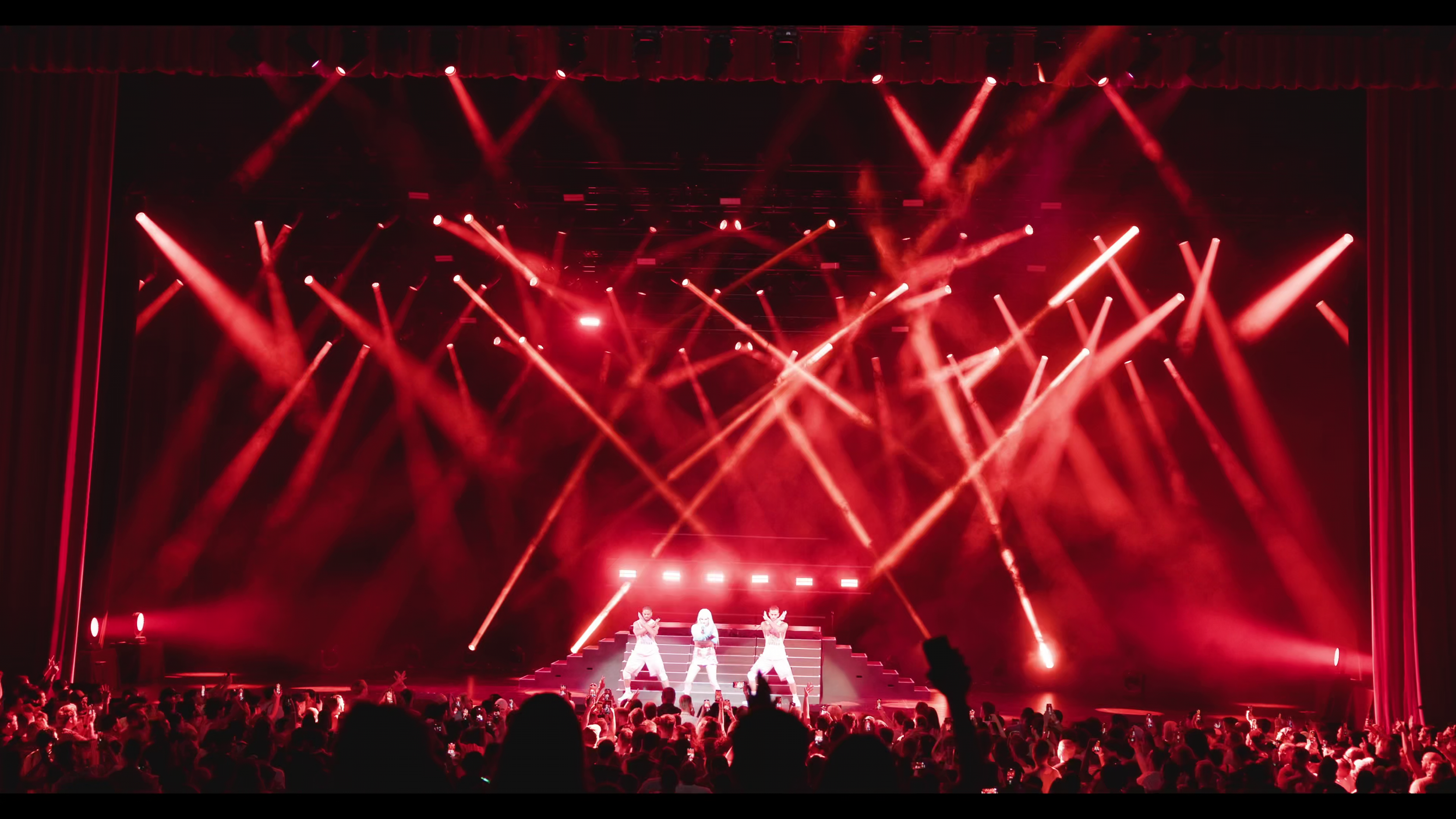8 Ways to Prepare for Your Next Tour
So you’ve got a tour coming up…
This article is geared toward new artist managers or tour managers for small to medium-sized touring acts— but useful for anyone hitting the road in today’s rapidly changing live music environment.
The landscape of live events has shifted dramatically in recent years. From rising inflation and the new post-covid landscape, old touring practices may not work quite as smoothly as they once did. Costs have soared, supply chains can be unpredictable, and crew availability is more competitive than ever. Despite these challenges, a well-prepared tour can still be both affordable and creatively fulfilling.
Let’s dive into eight essential steps to set yourself (and your artist) up for success.
1. Start Budgeting & Reserving Early
Plan Your Finances: Draft a detailed budget that includes travel, accommodation, food, and equipment rentals (plus a little buffer for those inevitable surprises). Factor in rising costs due to inflation and possible last-minute changes.
Reserve in Advance: Trucks, vans, buses—whatever you’re using for transportation—often get booked 6 months in advance, especially during peak touring seasons. Reserving early not only guarantees availability but can also lock in better rates before prices spike.
Equipment Bookings: The same rule applies for backline gear and lighting. Booking early secures the gear you actually want and helps you avoid unexpected price hikes. The rental houses will have more patience with budget when it's not a last minute rush, and may be more likely to find some wiggle room on pricing.
Insurance: Make sure you have liability insurance to provide to both rental houses and venues. With venues and travel still in flux, this can save you a massive headache.
Pro Tip: Make a list of every item that needs renting (truck, lights, sound gear, etc.) and try to book at least 2–3 months ahead. This can protect you from last-minute shortages or unexpected delays.
2. Get Organized with a Master Timeline
Milestone Markers: Create a calendar or timeline that highlights key deadlines—when to finalize setlists for programmers, when to ship merch, when to confirm hotel reservations, pickup/return equipment rentals etc.
Clear Communication: Share this timeline with the band, crew, and any outside vendors. The fewer surprises for everyone, the smoother your tour.
Pro Tip: Use tools like Mastertour or Google Calendar to keep all your info in one place and easily share with the touring crew. This helps you adapt quickly if venues suddenly change policies or new guidelines pop up.
3. Map Out Your Route
Consider Your Rentals: Fly-dates and traveling with your lighting package? Don't even think about it! Starting in LA and freighting back from NYC can also double the cost of a small rental package. It's wise to start/end your tour in the same region if you're bringing a sizeable production package.
Economize: Plot a route that minimizes backtracking and overdrives (i.e. paying the driver double for exceptionally long drives without breaks). This reduces travel time (and costs) so you can squeeze in more gig days or rest days—especially important as fuel prices rise.
Leverage Local Venues: If you have a gap day, see if you can book a smaller venue or even a pop-up acoustic session to drum up local interest.
Pro Tip: Check national holidays or local events in each city—piggybacking on big festivals can help with exposure (or you might want to avoid them if they cause traffic and high lodging costs). Be mindful that staffing shortages or new restrictions might affect those events.
4. Identify Your Creative Needs
Creative Director : From stage design and lighting to promotional materials, a creative director ensures your show’s aesthetics match the artist’s brand and sound. This can make a huge difference for an artist who is taking the next step in their production, fresh ideas and consistent brand messaging creates emotional buy in from fans.
Stage Production Designer will help with designing a unique stage setup that also considers lighting & video content. They can adapt the creative vision to venue constraints, and maintain a consistent style from city to city.
Pro Tip: Good design doesn’t have to break the bank. Talk to your designer or creative lead about ways to repurpose existing elements for new shows. You can contact us for stage design & lighting programming services HERE
4. Build a Promotional Strategy
Social Media: Start ramping up your social media presence a few weeks before the tour. Countdown posts, behind-the-scenes snaps, and quick rehearsal clips build hype.
Plan for BTS Content: you don't necessarily need a full time photographer, but it's important to make sure you capture some behind the scenes authentic moments.
Local Press: Reach out to local blogs, radio stations, or community calendars for each city. A little bit of promo can go a long way in boosting ticket sales, especially if some fans are hesitant to attend shows post-COVID.
Pro Tip: Work with your creative director to ensure promo materials (posters, digital ads) match your on-stage aesthetic for cohesive branding.
6. Assemble (and Train) Your Crew
Now that the creative intention is figured out, you can know what kind of people you need.
Define Roles: Who’s handling merch? Who’s responsible for setting up the lighting rig? Clarity avoids confusion—and ensures everyone knows their tasks.
Hiring New Crew: Experienced crew members can be in high demand. Post job listings early (or look for strong referals), offer competitive pay (within your budget), and check references thoroughly.
Cross-Training: In a small-to-medium operation, people often wear multiple hats. Make sure each crew member can cover at least one other role in case of emergencies.
Pro Tip: Have a quick daily briefing during the tour so everyone knows the schedule, any venue quirks, potential pinch points, and updated health protocols.
7. Rehearse to Show-Ready
Maintenance: Make sure your instruments and equipment are in top condition before hitting the road. That goes for guitars, drum hardware, lighting consoles—everything.
Run through live: schedule a live rehearsal or two in a space, with a playable area similar to the venues you will be in. It’s the best way to catch any issues before you’re on stage.
Pro Tip: Keep a small emergency kit on hand—extra strings, cables, fuses, gaffer tape—to avoid running around at the last minute.
8. SHOW DAY
Load-In & Soundcheck: Know your load-in time, soundcheck routine, and how long it takes to set up your lights if you’ve rented any. Communicate this to everyone involved.
Merch: A messy or poorly lit merch table loses sales! Make sure you have clear pricing, enough stock, and good lighting.
Post-Show Plan: Who’s packing up the gear? How much time do you have? Where does the leftover inventory go?
You've got this!
By focusing on these essentials and staying nimble in a shifting landscape, you’ll not only save money but also set the stage for a smooth, creatively fulfilling tour. Got questions or need more tips? Don’t hesitate to reach out!




